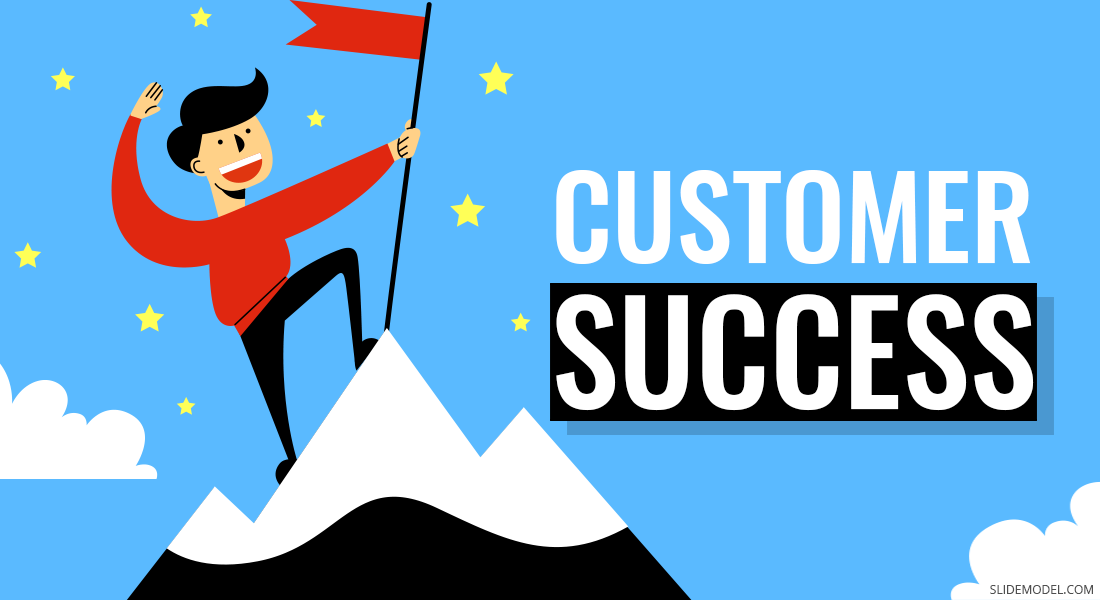Personalize your email
One of the most important things you can do is ensure your email is personalized. Not just their name – show an understanding and compassion for their specific issue or request. This will make the customer feel valued and show that you take their concerns seriously.
Use Templates As an Aid, Not a Crutch
Using templates or predefined prompts to write emails is a great time-saving tool. It can prompt you to address items you may have otherwise forgotten. The danger here is in losing that personalized touch and including information that isn’t relevant or useful.
Be clear and concise
When writing a follow-up email, it’s essential to be clear and concise. Get straight to the point and tell the customer what you do to address their issue. Don’t use too much jargon or technical language the customer may not understand. Remember, your goal is to help the customer rather than to impress them with your vocabulary.
Define Next Steps
One of the biggest reasons follow-up emails are so critical after customer calls is that they often serve as a bridge between meetings to keep your customer projects alive and keep things moving between live conversations. By outlining objectives, owners, and timelines, you provide your customers with a roadmap to success. This helps to keep your projects on track, your customers happy, and your business thriving.
Show gratitude
Finally, it’s important to show gratitude. Thank the customer for their business and for bringing their issue to your attention. Let them know you appreciate their feedback and are committed to providing the best possible experience. A little bit of gratitude can go a long way in building a loyal customer base.
In conclusion, writing an effective customer success follow-up email is about personalization, clarity, value, and gratitude. Remember these tips the next time you write a follow-up email, and you’ll surely delight your customers and build a more substantial, loyal customer base.





Leave a Reply